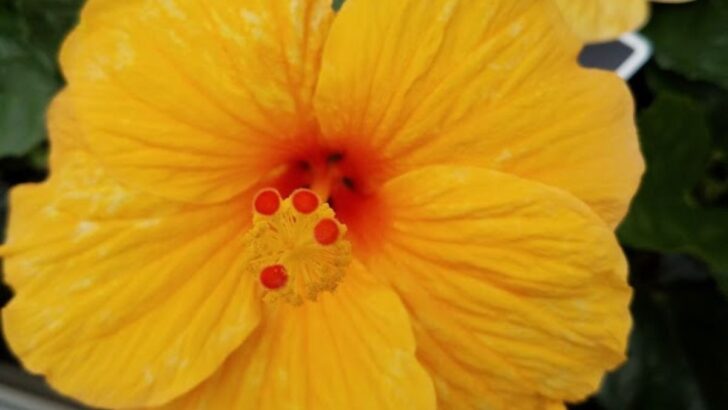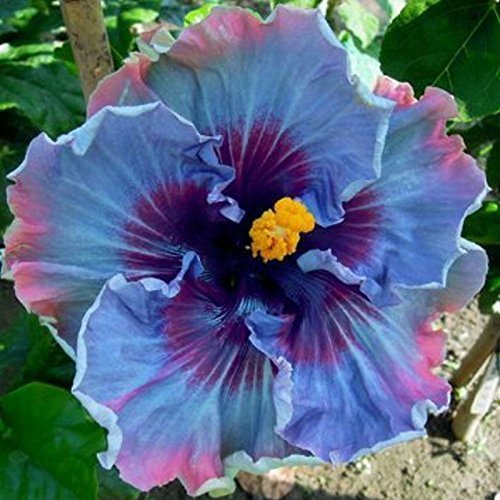If you’re like me, you love adding a pop of color to your yard and making it the envy of the neighborhood. And landscaping with hibiscus flowers is the perfect way to do just that.
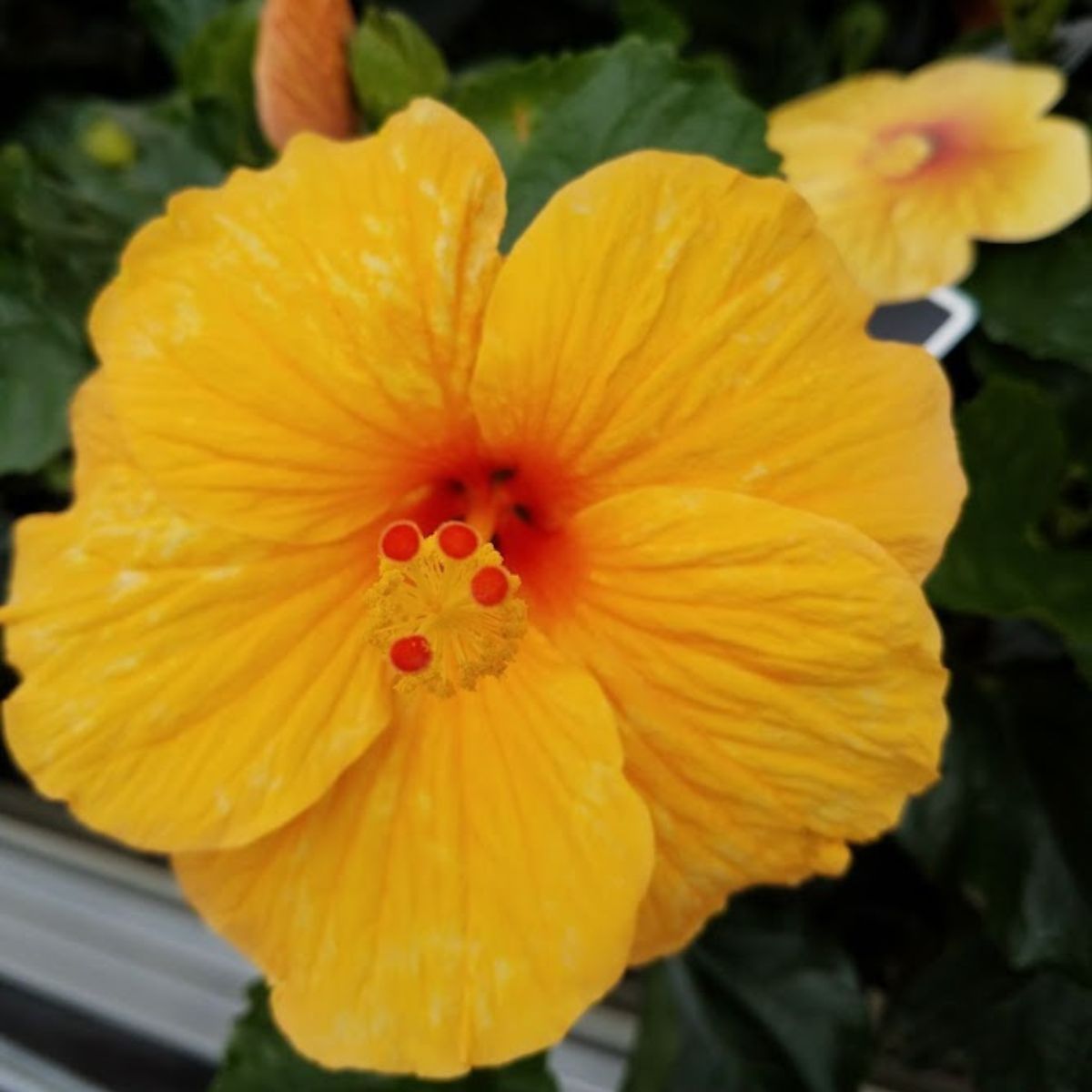
These tropical plants have some of the most stunning and vibrant blooms you’ve ever seen, and they come in a range of colors that will leave you in awe. But what I love most about them is that they’re not just pretty flowers. They have a whole host of benefits too: they attract pollinators, give natural shade, and provide privacy. So let’s explore how to add hibiscus to your landscape and turn it into a breathtaking paradise with tropical vibes.

Tips For Growing Gorgeous Hibiscus
Here are just a few tips about growing these beautiful flowers with colorful blooms:
- hibiscus loves the sun, but it’s also important to give them some shade during the hottest part of the day
- they thrive in moist, but well-draining soil that’s slightly acidic, with a pH between 6.0-6.5; add a layer of mulch to keep consistent moisture for your plants
- hibiscus is a heavy feeder, so it’s important to fertilize them regularly: use a balanced fertilizer (10-10-10 or 20-20-20) once a month during the growing season
- prune your hibiscus regularly to encourage bushy growth and more blooms; the best time to prune them is after they finish blooming or during the winter months when they’re dormant
- keep an eye out for any signs of infestation with aphids or spider mites and treat them promptly with insecticidal soap or neem oil as soon as you notice them
Favorite Hibiscus Varieties
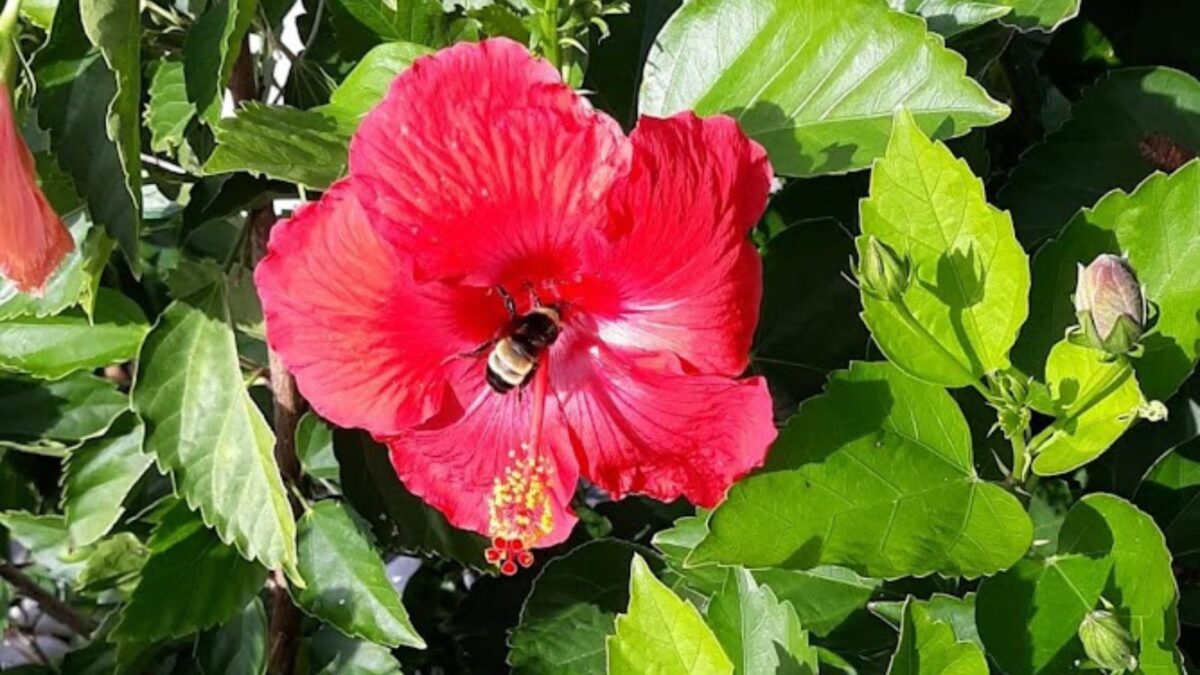
There are a couple of hundred hibiscus varieties, one more beautiful than the other.
This beautiful, exotic-looking flower is known for its vibrant colors that range from bright reds and pinks to deep purples and blues. They are also found in shades of white, yellow, orange, peach, and even bi-colors. With so many colors to choose from, hibiscus flowers offer endless possibilities for adding beauty and vibrancy to any tropical garden or floral arrangement.
Moonshadow™ Hardy Hibiscus
The Moonshadow™ Hardy Hibiscus has gorgeous color varieties like Rosita, Morello, and Carmine. The colors can range from baby pink to red blooms! It has spacious blooms that add the perfect touch to any landscape with its vibrant petals.
The Moonshadow™ Rosita Hardy Hibiscus has lavish bi-color petals having a mixture of Rosita-red centers that inch out along the veins on the full baby-pink petals.
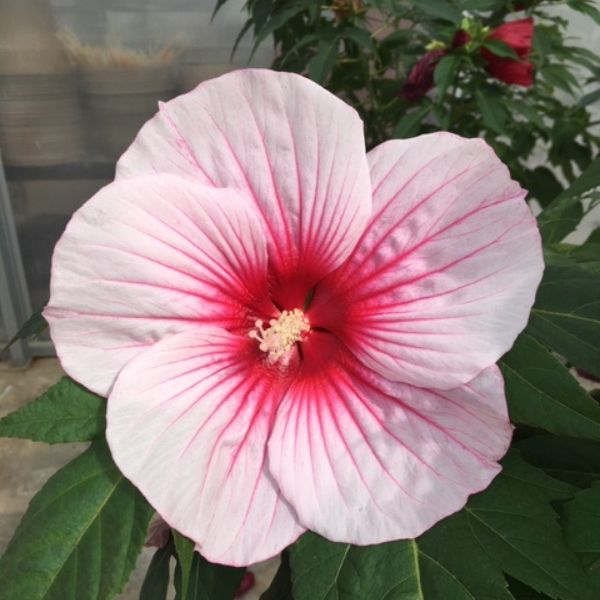
The Moonshadow™ Morello Hardy Hibiscus has full cherry-red petals that are saturated with vibrant colors starting from the center to the edges. The flowing blooms have petals that overlap each other, forming broad trumpets with a white-yellow stamen that resembles the Hibiscus flower family.
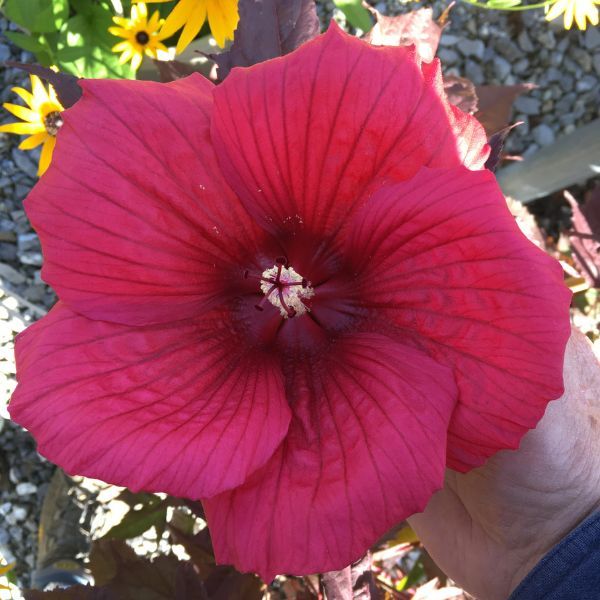
The Moonshadow™ Carmine Hardy Hibiscus has full red satiny petals that are highly saturated with lively color. The red color will catch the eyes, standing out in any landscape!
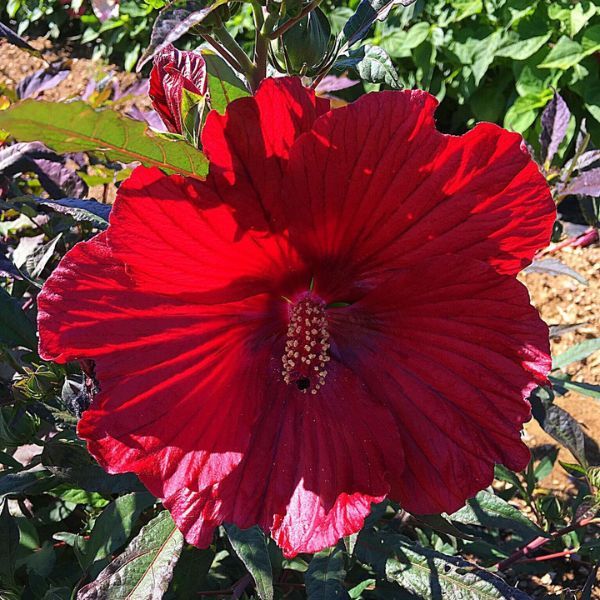
A special feature of these hardy hibiscus plants is that they are resistant to insect damage.
Hibiscus plants are woody perennials that die back to the ground each fall and can take some time to grow in the spring, but the Moonshadow™ series plants grow sooner and have longer bloom periods.
Another great feature is that they can tolerate a wide range of soil types, moisture availability, and climates, flourishing in USDA growing zones 5 through 9.
Plant these hibiscuses in pollinator gardens, perennial borders, and mix-shrub borders to add a pop of color to your landscape! They are ideal to use in rows and groupings to stand out as a backdrop to a cottage border and even freshen up a front step planting!
The hardy hibiscus can survive in rocky gardens and looks great as a single plant, garden centerpiece, or throughout your garden. You can create a beautiful landscape by designing a privacy screen around your patio furniture and poolside plants.
The Moonshadow™ needs full sun in order to get that bursting color. Plant in enriched and well-drained soils. Once established they can be drought tolerant. In the late fall, prune all of the stems to the ground and remove all debris from the area.
Here are a few more types of hibiscus:
- Aphrodite Rose of Sharon
- Blue Chiffon
- Blushing Bride
- Cherry Choco Latte
- Head Over Hills (Blush & Passion)
- Lucy
- Luna White
- Midnight Marvel
- Misty Sunrise
- Peppermint Smoothie (shrub)
Landscaping With Hibiscus
How can you use hibiscus in landscaping? Check out these 3 easy ideas.
1. As a focal point

Hibiscus plants are known for their large, showy flowers, which make them an excellent choice for a focal point in your garden. Plant them in a prominent location, such as near the entrance to your home, to draw the eye and create a stunning visual impact.
2. In a mixed border
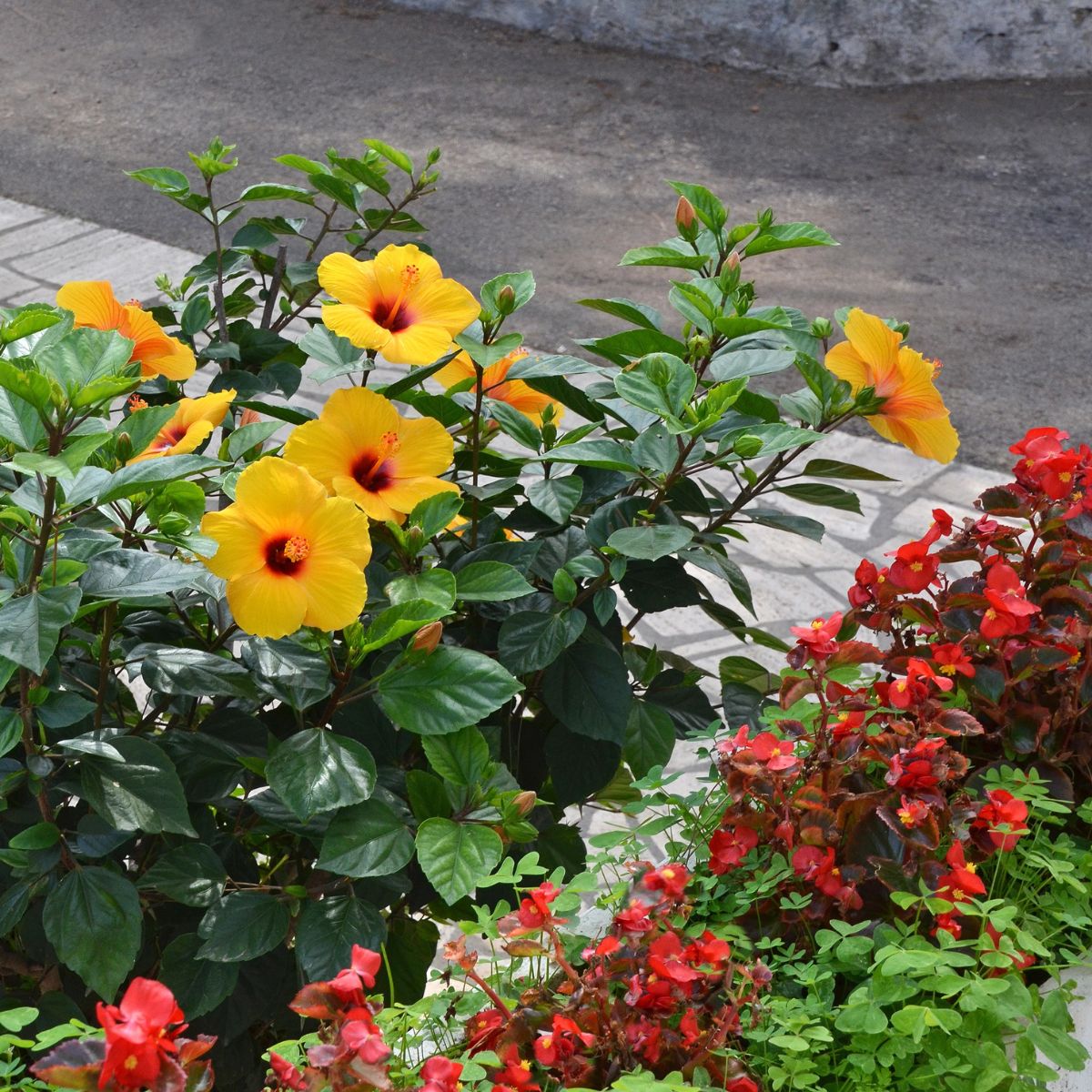
Hibiscus plants can be paired with a variety of other plants to create a mixed border that adds color and interest to your landscape. Consider pairing them with plants that have contrasting foliage or texture, such as ornamental grasses or hostas.
3. As a hedge
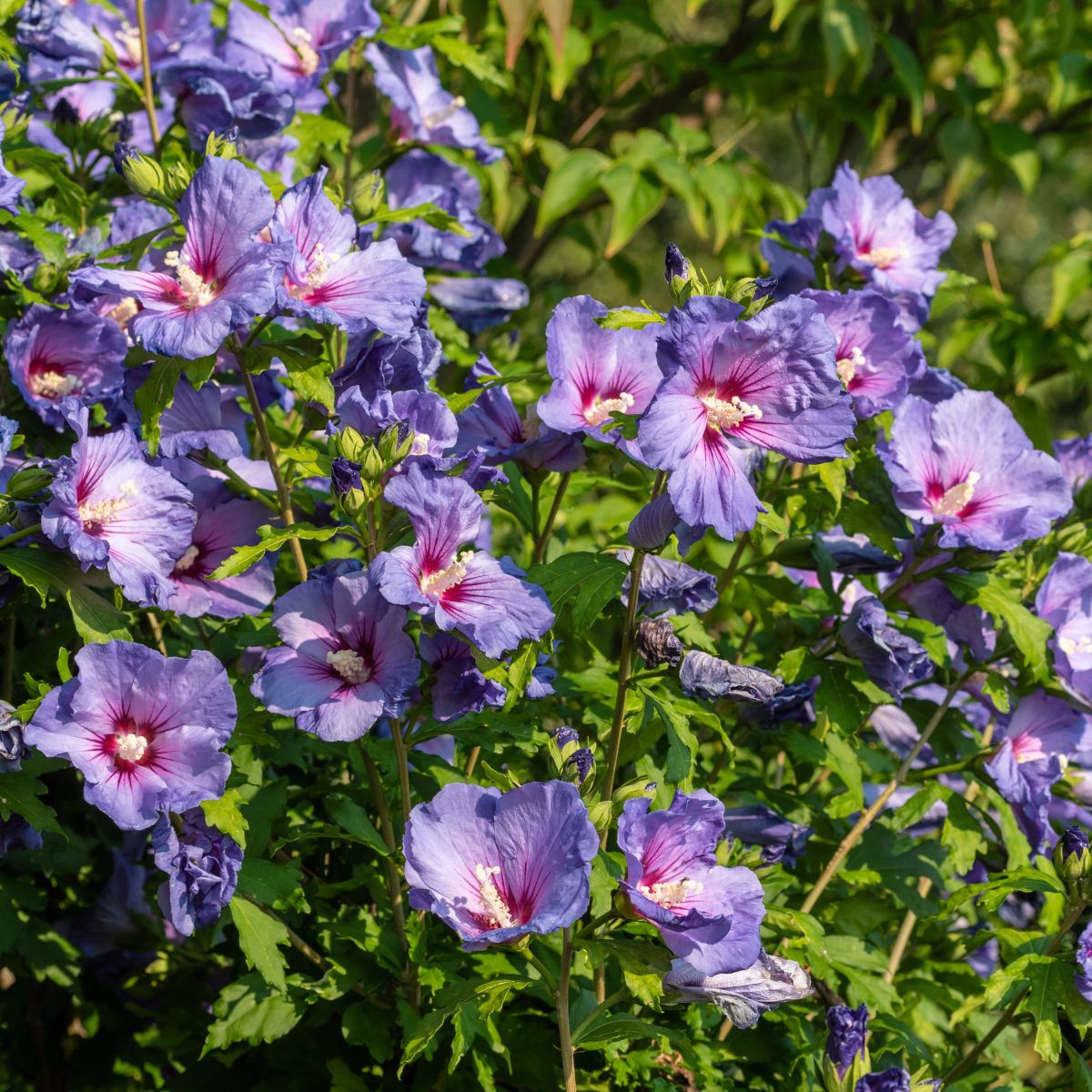
Hibiscus plants can be pruned to form a dense, attractive hedge that provides both privacy and beauty. Choose a variety that is well-suited to hedging, such as the Rose of Sharon.
While selecting hibiscus plants for your landscape, remember to consider the specific needs of the variety you choose: some plants prefer full sun, while others can tolerate partial shade. Similarly, some varieties require consistently moist soil, while others are more drought-tolerant.
Here are a few other hedge ideas:
- 15 Best Evergreen Hedge Plants to Add Privacy to Your Yard
- How To Plant A Lavender Hedge In 3 Easy Steps
Where is the Best Place to Plant Hibiscus
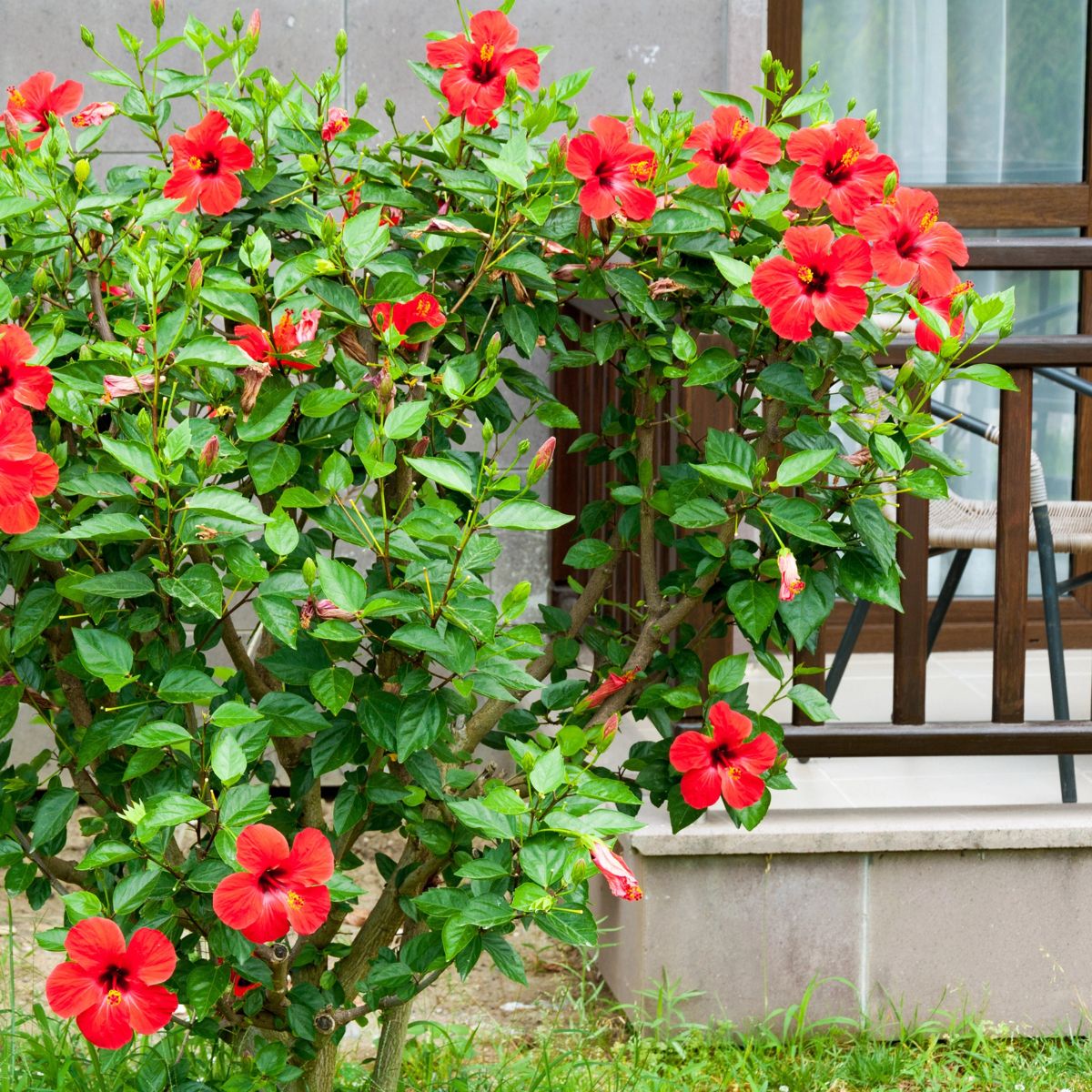
Hibiscus are excellent container plants and can grow well in garden beds too. Potted hibiscus, just like any other potted plant, will need more attention, as the water will evaporate faster. But then you have more freedom to move your plants to suit you best.
If you don’t have a lot of space, choose a compact variety such as this elegant dwarf Lavender Chiffon® Rose of Sharon Tree.
Here are a few more things to keep in mind when choosing the best spot for your hibiscus plants:
- Direct sunlight for at least six hours a day
- Well-draining soil
- A warm climate
- Enough space for the plants to grow
What Plants Pair Well with Hibiscus
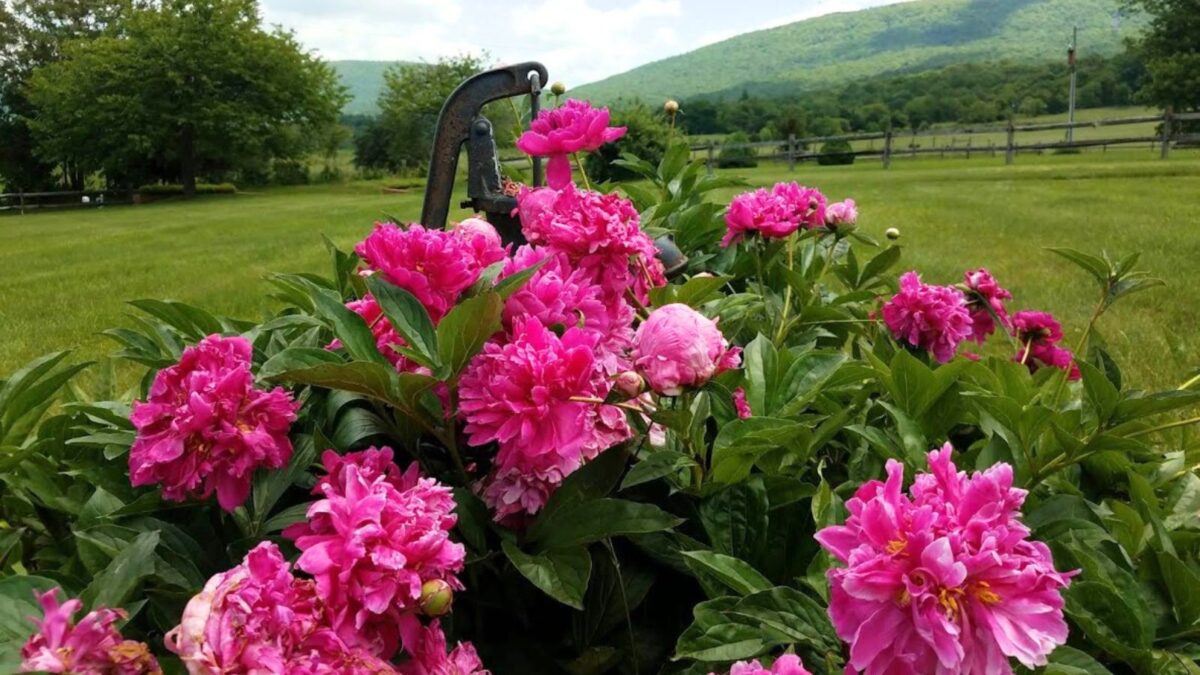
If you’re looking to complement your tropical hibiscus plants with other plants, there are a variety of options that can help create a stunning landscape design. Here are a few plants that pair well with hibiscus:
- Bee Balm: This plant produces bright fuchsia purple flowers (and many other colors) that look spectacular when planted against the dark foliage of a hibiscus like ‘Cherry Choco Latte’ or ‘Evening Rose’.
- Crape Myrtle: This shrub blooms around the same time as hibiscus, from summer into fall. It’s a great choice as a companion plant for hibiscus in warmer climates.
- Hydrangeas: These plants are known for their large, showy blooms that come in a variety of colors, creating a great backdrop for hibiscus plants.
- Peonies: These perennial flowers come in a range of colors and can add a pop of color to your landscape design, and bloom around the same time as hibiscus.
- Geraniums: These plants are known for their bright, colorful flowers and are a great addition to any garden and help create a cohesive look in your landscape design.
Choosing the right companion plants for your hibiscus will complement its stunning flowers without overpowering it.
What Not to Mix with Hibiscus
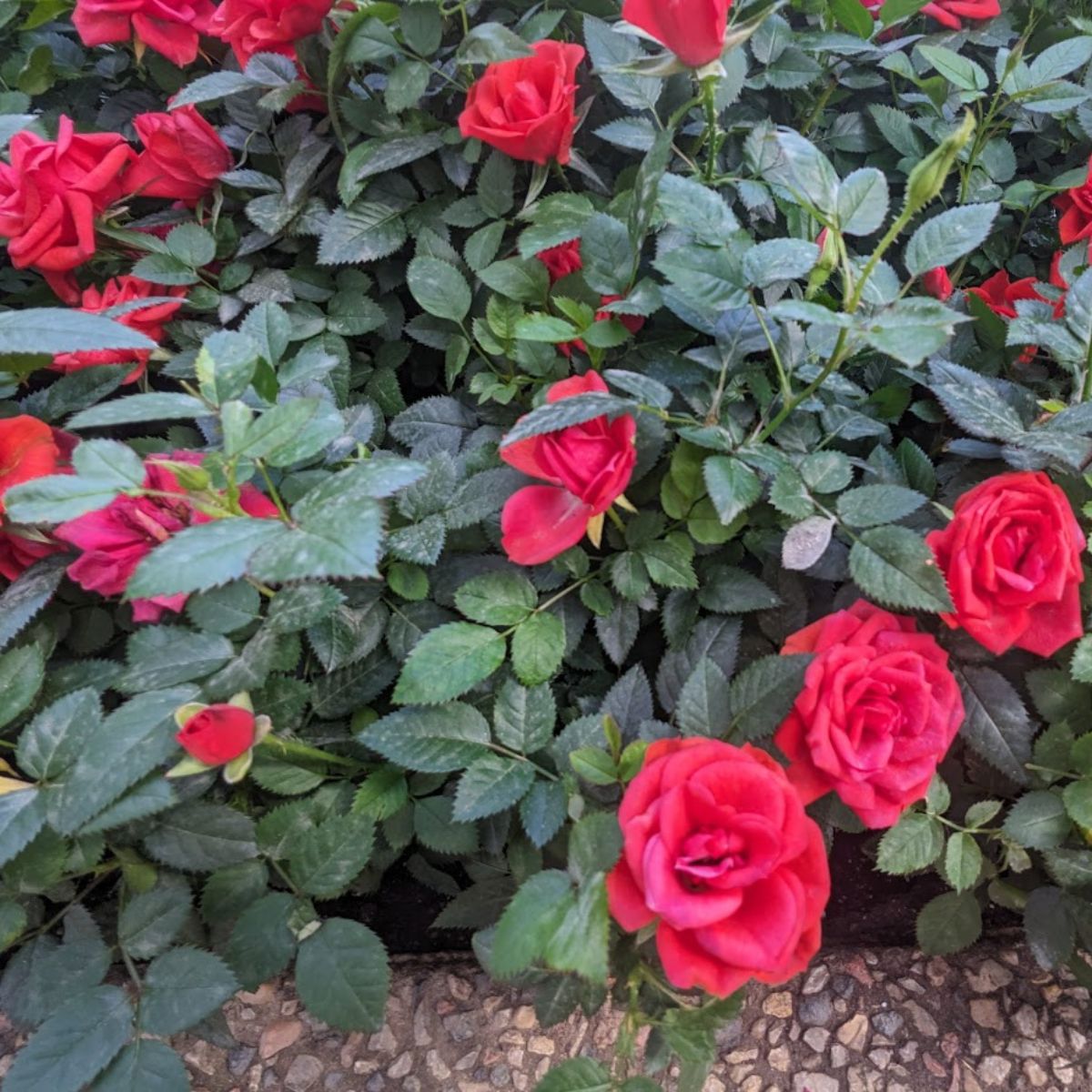
If you want to create a beautiful landscape with hibiscus, it is important to choose the right plants to complement them. However, there are some plants that should be avoided as they can negatively affect the growth and health of your hibiscus. Here are some plants that you should not mix with hibiscus:
- Plants that require similar nutrients: Hibiscus plants require a lot of nutrients, and planting them alongside other plants that require the same nutrients can lead to competition for resources. Avoid planting hibiscus with other heavy feeders such as roses, and gardenias.
- Plants that require different soil pH: Hibiscus prefers slightly acidic soil, so planting them with plants that require alkaline soil can be detrimental to their growth. Avoid planting hibiscus with plants such as boxwood, lavender, and lilac, which prefer alkaline soil.
- Plants that require different watering: Hibiscus requires plenty of water, especially during the flowering season in dry climates. Avoid planting hibiscus with plants that prefer dry soil, such as cacti and succulents.
- Plants that provide too much shade: Hibiscus requires a lot of sunlight to thrive. Avoid planting them under trees or alongside plants that provide too much shade.
- Plants that attract pests: Hibiscus is susceptible to pests such as spider mites and aphids, so you should not plant them with marigolds and petunias, which are known to attract them.
By avoiding these plants, you can ensure that your hibiscus plants grow healthy and beautiful. Remember to give your hibiscus plants enough space to grow and thrive, and to provide them with the right amount of water, sunlight, and nutrients.


